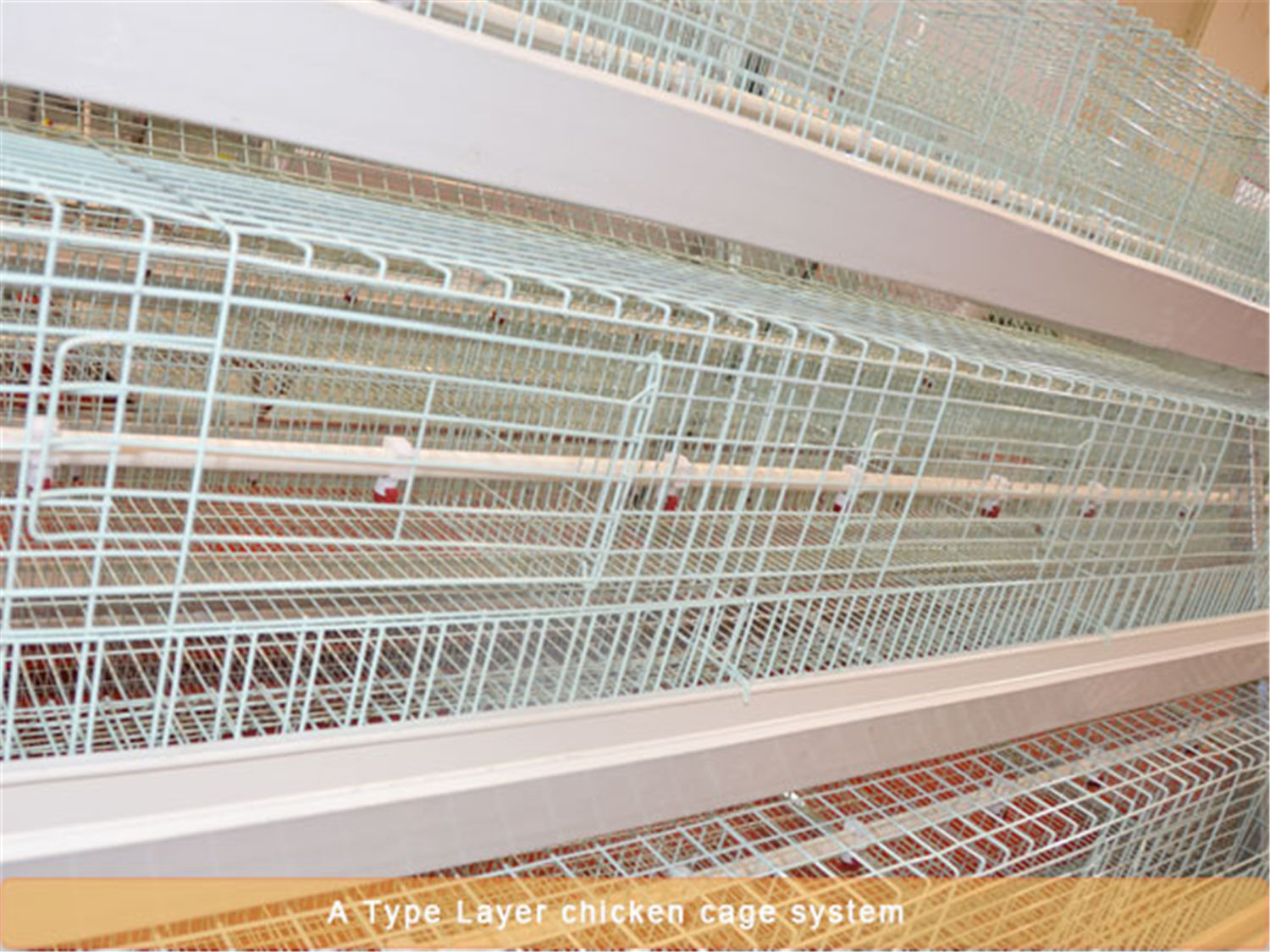So far, the use of laying hens to raise chickens and the scale of chicken farms have been moving closer to scale. The breeding development direction of the farmers is divided into two ways: one is the large-scale chicken farm, and the other is the characteristic chicken farm. There are many advantages of large-scale chicken farms in laying hens and chickens. The following authors introduce the following points.
Is it necessary to take a large-scale road to raising chickens? What are the advantages of large-scale chicken farming?
1. Ability to resist risks: According to the current egg market, the profit of 10,000 hens is about 400,000 a year, while the 100,000 broilers have a revenue of two or three million a year. This level of chicken farmers, even if they run into a relatively bad market, or a relatively large epidemic, can basically pass.
2. Standardization brought about by scale: The scale of raising chickens is large, and it is unrealistic to rely on human management. The chaotic and inconspicuous management methods can not be managed. In this case, the standard procedures for all kinds of chickens are also improved, the level of immunization, feeding and medication is also more refined, and the automation equipment of the chicken house is also more. These all contribute to the healthy growth of the flock and reduce the risk of chicken raising.
3. Cost advantage: The standardized chicken raising process can greatly reduce the possibility of disease in the flock, thus reducing the cost of medication. At the same time, greater use of feed, vaccines and veterinary drugs will also help raise the bargaining power of chicken farmers in purchasing these essentials and obtain greater discounts and benefits.
4. Financing ability: Small chicken farms want to get development funds, find bank loans, and people may not recognize you. However, if there is a certain scale of chicken farms, people from financial institutions may take the initiative to ask for your loan. Adequate funds have a huge impact on the chicken farmers’ ability to withstand risks and achieve greater development.
5. Subsidies and policy support: The above reason is to set aside 10,000 chickens and 100,000 broiler chickens as a low standard for scale. Because this standard is met, there is a chance to get chicken subsidies. In addition, for local regulators, small chicken farms look at you not pleasing to the eye, just find a reason to say that you will not let you raise. But in the big chicken farms, they not only dare not move you, but also give you various policy support, so that you can get rich with the surrounding villagers.
The above are the five advantages of large-scale chicken farming. Now many small chicken farmers believe that scale is the only way to go, and has become a major trend in the development of the industry. Therefore, more and more farmers are now using fully automatic poultry farming equipment, and the amount of farming is increasing year by year with market demand.
